Futures
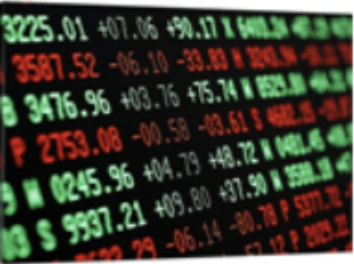
HRC Futures: The role a hedge plays
Written by Logan Davis
December 14, 2023
Last week in Chicago, we hosted several metals companies for our bi-annual Metals Price Management Seminar (“MPMS”). During the class, we heard feedback we believe is important to address here, as our readers continue to install and implement their respective hedge programs.
During our two-day education session, there was some discussion around the role a hedge plays in the related physical transaction. It’s important to remember that a hedge is a separate, but related, financial transaction. This transaction represents an expected physical transaction that will occur at some future date. An important note: a company’s hedge position does NOT have to alter the regular operations between its suppliers or its customers.
As an example, see the diagram below:
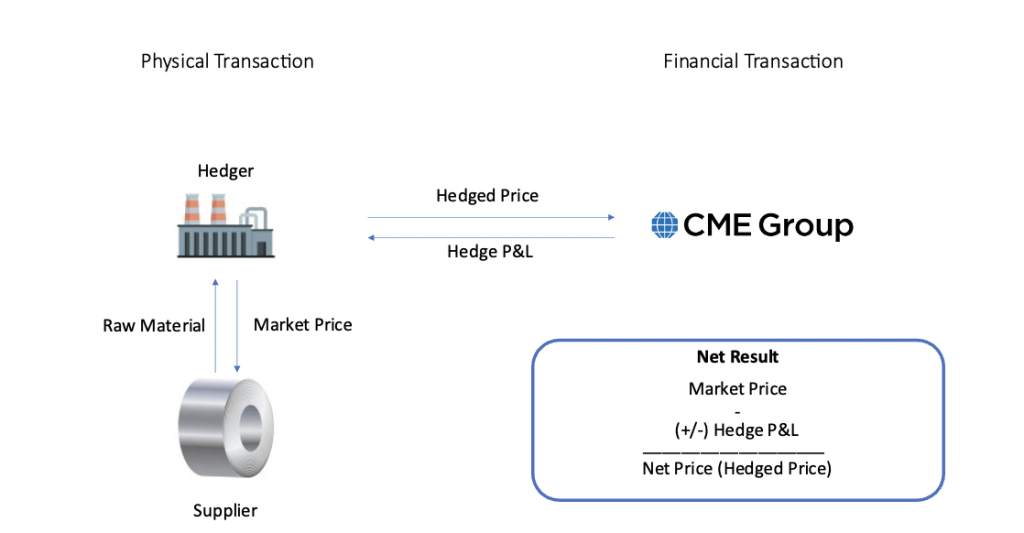
This physical + hedge structure can be extrapolated out in time for all committed future transactions. As an example, let’s say we are a hedger that has committed to buying 500 tons/mo. for 2024, all to be priced using CRU Index Week 1 monthly prices (Market Price).
Based on these terms, we know we will have material that we need to purchase in each month throughout 2024. Knowing our future raw material quantity, we can have confidence in the quantity of the finished product we’ll be able to sell. However, we don’t have enough information to have confidence in a sales price for those finished goods.
By using the HRC futures price in each corresponding month, our company should have confidence to make sales at the right price. Once a sale has been made, prudent risk management would have us place a hedge to protect against a rise in the raw material from now until the time the supplier will issue the invoice for that respective month.
Alternatively, our company could buy futures to take advantage of lower prices before the supplier is ready to set the price. As a result, the company would have an average inventory cost for each time period, that they could then use in their sales process.
We will use the diagram from above to illustrate how a futures gain and a futures loss is ultimately the same thing.
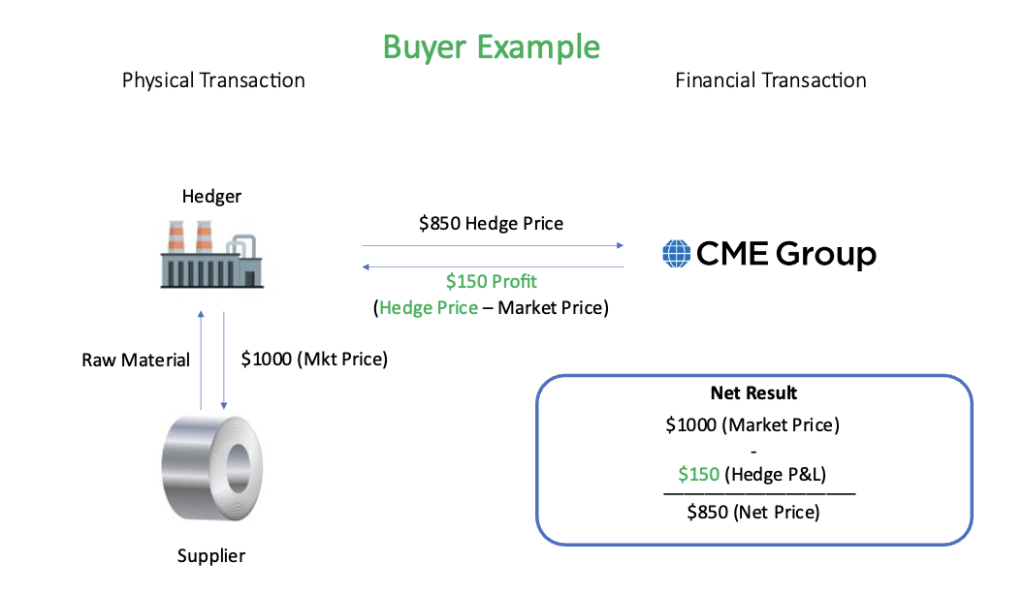
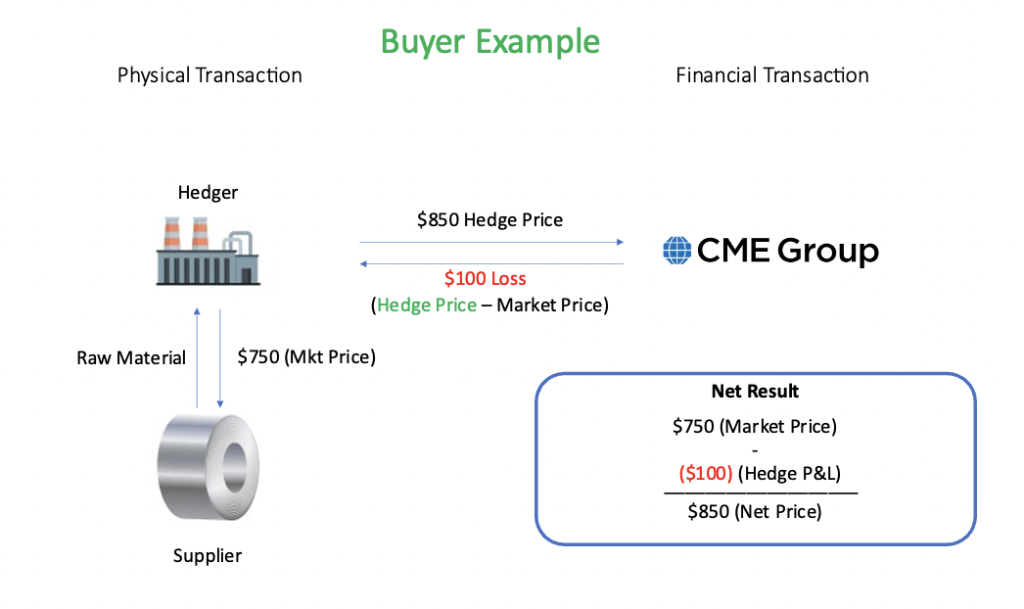
The above illustration shows the entry point of the hedge, and its ending point. In reality, the hedge’s price and value will fluctuate throughout time, from entry to end.
Once a hedge is established, astute hedgers will re-evaluate and manage the hedge position as the market and the hedge value fluctuates. While there are many things to contemplate with futures and options, one of the advantages is their flexibility. Unlike an agreement on physical delivery with a supplier or customer, futures and options can be entered and exited at any time before expiration.
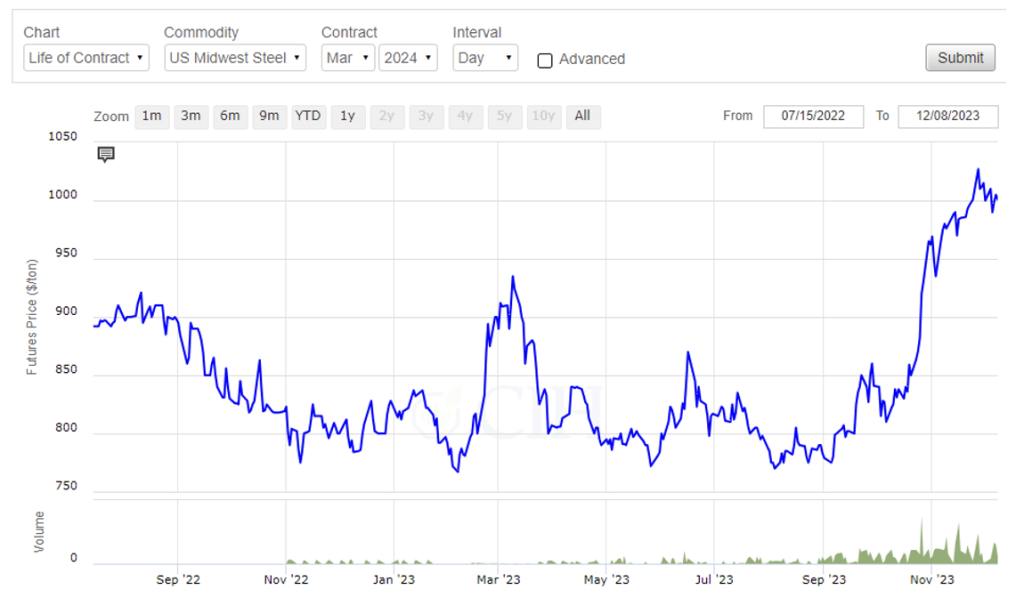
By utilizing the full suite of risk management tools available to you, hedgers can capitalize on market volatility through adjusting their hedge positions as the market rises and falls. When making these decisions, it’s important to consider the trade-offs between strategies, and how your risk management goals are being addressed.
If you’d like to learn more about things to consider when using these tools, please visit the following link, CPE Accredited Metals Hedging Class.
There is a risk of loss in futures trading. Past performance is not indicative of future results. © 2023 Commodity & Ingredient Hedging, LLC. All rights reserved.

Logan Davis
Read more from Logan DavisLatest in Futures

HR Futures: Market at crossroads after turbulent run
The market appears to be pausing after a turbulent run. But tension remains just beneath the surface. With net long positioning still elevated, sentiment-driven selling could quickly reignite volatility. Still, supply constraints and limited imports are laying the groundwork for a resilient physical market. This moment of calm feels more like a crossroads than a conclusion.
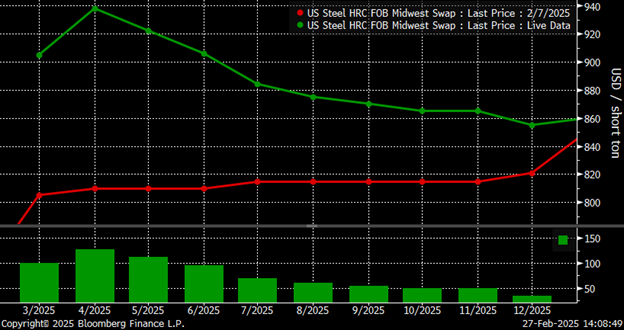
HR Futures: Traders’ views mixed as market navigates tariffs
A look at the HR futures market.

Market pressures trigger HR futures reversal
Market dynamics are shifting rapidly, with futures pricing diverging from physical fundamentals, creating a complex landscape for steel traders.

HR Futures: Correction in market after big rally
Another eventful week in the physical and financial steel markets is coming to a close, but with a markedly different tone than the last update at the end of February.

HR Futures: Market drifts lower on light volume
Over the past couple of weeks, Midwest HRC futures have been drifting lower on light volume. This begs the question if the rally has run out of steam, or is it catching its breath after ripping roughly $150 in less than two weeks? The April CME Midwest HRC future made an intraday high at $976 […]
